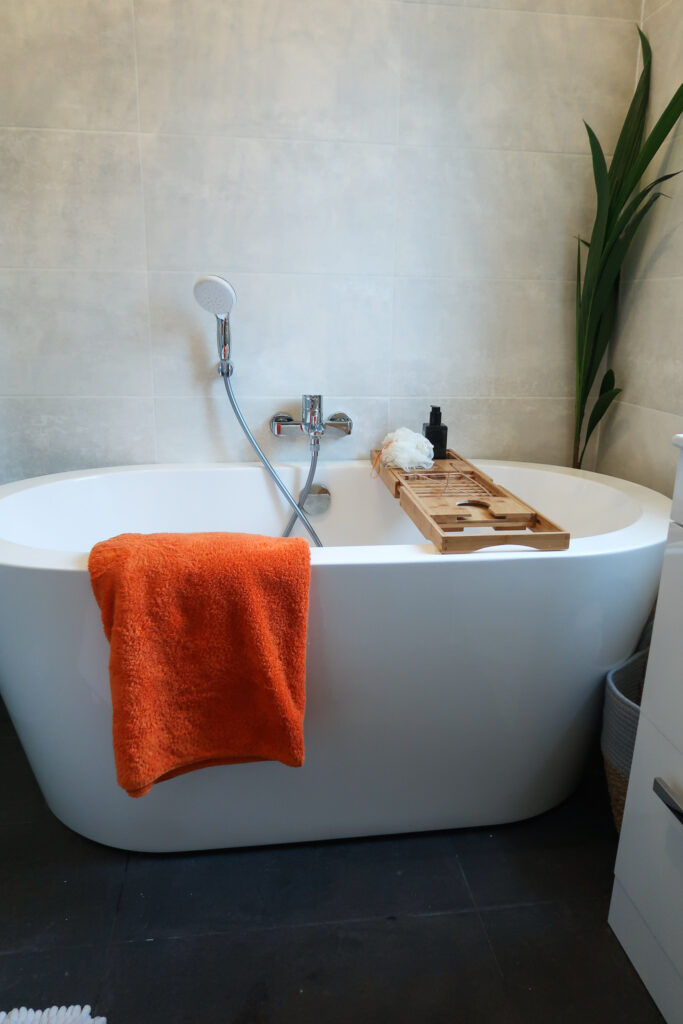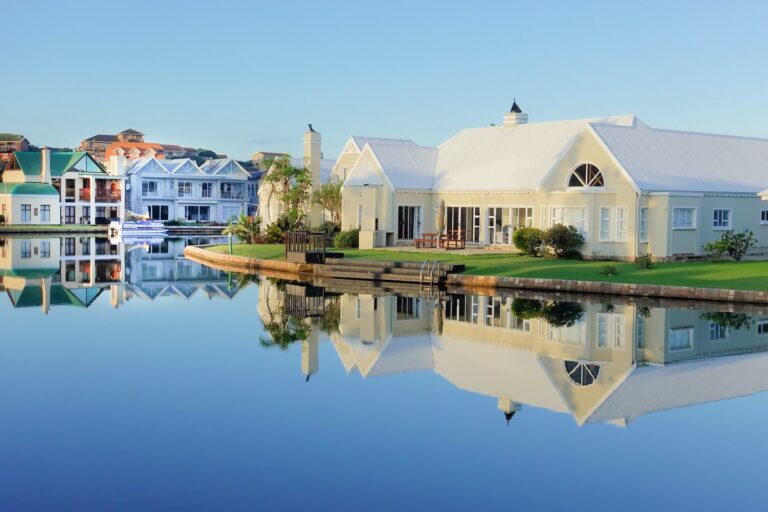Have you ever considered that plumbing skills are a prerequisite for becoming a homeowner? When you buy your own house, you’re taking on an enormous responsibility. To safeguard your investment and keep your home safe and comfortable, regular maintenance is required. If left unchecked, some problems can turn into a massive and expensive nightmare—especially when it comes to plumbing issues.
While some plumbing repairs are simple and inexpensive, other repairs are more involved and costly. You’ll save time and money by learning how to do basic plumbing repairs on your own. Even if you only know how to turn off the main water valve until you can get in touch with a professional plumber, these skills will be invaluable to you as a homeowner. Apply here to hire a professional.
As a homeowner, you’ll benefit greatly from mastering the following four plumbing skills:
4 Easy DIY Plumbing Skills Every Homeowner Should Know
Removing Clogs from Drainage Systems
Many homeowners face the problem of clogged pipes and drain at some point in their lives. In other words, it’s not a matter of if you’ll get clogs, but when you’ll need to learn how to remove them.
What you need to do is as follows:
- The most common cause of clogged drains is hair. Remove the drain and then use a hook to remove the hair from the clog.
- Most clogs can be cleared using a plunger’s pressure. For sinks and tubs, use a cup plunger, while for toilets, use a flange. Plunge vertically for 20 seconds with a tight seal, making sure you don’t let any air in.
- Pour some hot water to loosen the blockage if a plunger doesn’t work.
- If the problem with the hot water persists, you will require a plumbing snake, which is a metal coil that twists and snakes its way into the pipe. If you’re going to use a plumbing snake, insert one end into your hole and slowly turn the hand crank until you encounter resistance. Once the clog is dislodged, continue to rotate the snake. Bring the snake up if the clog is too hard to get out of. Probability suggests that if you do this, the root of the clog will be revealed as well.
A professional plumber may be needed if these DIY plumbing skills and methods fail to clear a severe or stubborn clog. Choose a reputable, experienced, and speedy service provider. The best way to handle a plumbing emergency is by hiring a licensed plumber.
Fixing A Leaky Toilet
The plastic float that allows the tank to refill with water or the flushing mechanism is most likely malfunctioning if your toilet won’t stop running. What you need to do is as follows:
- Remove the tank’s lid.
- Make sure the chain that connects the flushing mechanism to the plunger lever is still in good condition. You won’t get any flushes if the chain is damaged. Water will leak into the bowl if it gets tangled or is too short. Adjust the chain so that there is only a small amount of slack.
- The adjustable float’s level should be checked next. The flush will be too weak if it’s too low. Your toilet may be running because the water level is too high. To stop the toilet from running, keep adjusting the float.
If some of the parts are worn or damaged, you may need to buy new ones. At your local hardware store, you’ll be able to find these.
Finding And Turning Off The Stop Valves
In the event of a plumbing emergency, the best way to avoid flooding and additional damage is to act quickly. Your first step would be to turn off the stop tap or main water stop valve in most cases.
Locate and understand each stop tap or valve now, rather than waiting for a plumbing emergency. In most cases, the stop tap for your sink is located on the pipe beneath it, while the stop tap for your toilet is typically located near the wall of the bathroom. As a general rule, you’ll find the water shutoff outside your home.
Protecting Pipes From Freezing
Knowing how to prevent your pipes from freezing is essential if you live in an area where winter temperatures regularly drop below zero degrees Fahrenheit. Freezing water expands, putting a great deal of strain on the pipes, whether they’re made of plastic or metal. No matter how strong you think your pipes might be, ice can cause them to break.
There are a number of things you can do to keep your pipes warm, including winterizing your pool, setting your faucets on a slow drip, opening cabinet doors, and using heat cables or pipe sleeves to insulate your pipes.
Final Note
You don’t need to bring in the pros for every little thing. Knowing the basics will help you save time and money, keep your plumbing system in excellent condition, and prevent further damage to your home. These DIY plumbing skills can get you started, but a professional plumber’s knowledge and experience may be required for more complex issues.





